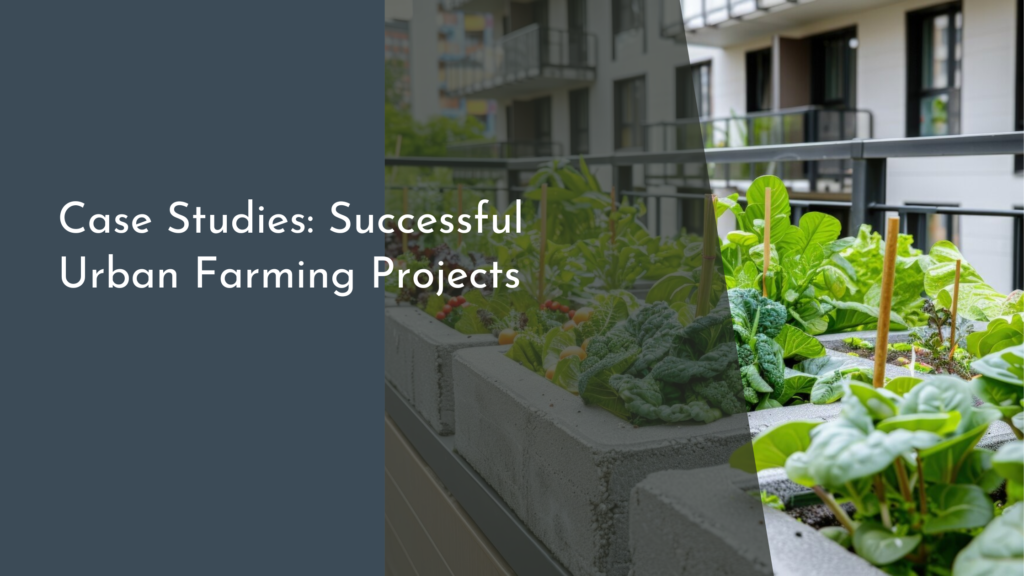Challenges and Opportunities in Commercial Agroforestry
Agroforestry, which integrates trees and shrubs into agricultural landscapes, is gaining momentum as a sustainable farming practice that offers numerous environmental and economic benefits. As the world grapples with climate change, deforestation, and food security challenges, commercial agroforestry emerges as a beacon of hope. By combining agricultural and forestry practices, farmers can enhance biodiversity, improve soil health, and generate additional income streams. However, while the benefits are significant, practitioners of commercial agroforestry must navigate a landscape filled with both challenges and opportunities.
Exploring the Benefits of Commercial Agroforestry Today!
Commercial agroforestry offers a multitude of benefits that can significantly enhance agricultural productivity and sustainability. One of the most compelling advantages is the diversification of income sources. By intercropping trees with traditional crops, farmers can cultivate fruits, nuts, and timber alongside their primary crops, thus reducing economic risk and increasing overall profitability. This multi-layered approach not only provides farmers with a more stable income but also creates a buffer against market fluctuations and climate uncertainties.
Beyond financial benefits, agroforestry practices contribute to environmental sustainability. The presence of trees in agricultural landscapes can improve soil health by promoting nutrient cycling, preventing erosion, and enhancing water retention. Additionally, trees play a crucial role in carbon sequestration, helping to mitigate climate change. By cultivating a more biodiverse ecosystem, farmers can also attract beneficial insects and wildlife, leading to improved pest control and pollination services. These combined advantages make commercial agroforestry a win-win for both farmers and the environment.
Key Challenges Faced by Agroforestry Practitioners
Despite its many benefits, commercial agroforestry is not without its challenges. One of the primary hurdles is the initial investment and knowledge gap required to establish and maintain agroforestry systems. Farmers often need to invest in seedlings, infrastructure, and training, which can be daunting, especially for those with limited resources. Additionally, integrating trees into existing farming systems may require changes to traditional farming practices, which can be met with resistance or uncertainty among farmers.
Another significant challenge is the complexity of managing multiple crops and tree species. Agroforestry practitioners must carefully consider the interactions between different plant species to avoid competition for resources such as water, nutrients, and sunlight. This high level of complexity necessitates advanced knowledge and experience in agroecology, which can be a barrier for new entrants. Moreover, the longer growth cycles of trees compared to annual crops can delay the realization of returns, creating cash flow challenges for farmers.
Innovative Solutions to Overcome Agroforestry Hurdles
To overcome the challenges faced by agroforestry practitioners, innovative solutions are emerging. One effective approach is the development of community-based training programs that equip farmers with the necessary skills to establish and manage agroforestry systems successfully. By fostering collaboration among farmers and sharing knowledge and resources, these programs can enhance the overall resilience of farming communities. Additionally, leveraging technology, such as mobile applications and online platforms, can provide farmers with valuable information on best practices, market access, and financial management.
Financial support mechanisms, including grants, microloans, and government subsidies, are also crucial in facilitating the transition to agroforestry. These initiatives can help offset startup costs and provide farmers with the necessary capital to invest in their agroforestry ventures. By creating a supportive policy environment that encourages agroforestry adoption, governments and organizations can play a pivotal role in helping farmers navigate the challenges of this promising practice.
Bright Future Ahead: Opportunities in Agroforestry Growth!
The future of commercial agroforestry is bright, with numerous opportunities on the horizon. As consumer demand for sustainably sourced products continues to rise, farmers who adopt agroforestry practices can tap into lucrative markets for organic fruits, nuts, and timber. Additionally, the growing emphasis on climate-smart agriculture creates ample opportunities for agroforestry to gain recognition as a critical tool in addressing climate change and promoting sustainable land use practices.
Moreover, innovative partnerships between farmers, businesses, and research institutions can drive agroforestry growth. Collaborations focused on research and development can enhance the understanding of agroforestry systems and lead to the creation of more resilient crops and tree varieties. As awareness of the benefits of agroforestry spreads, there is potential for increased investment, research funding, and policy support, paving the way for agroforestry to flourish and thrive in the years to come.
In conclusion, commercial agroforestry stands as a transformative agricultural practice that presents both exciting opportunities and significant challenges. By harnessing the myriad benefits of integrating trees and crops, farmers can contribute to a more sustainable future while simultaneously improving their livelihoods. With the right support, innovative solutions, and a strong commitment to education, agroforestry can overcome its hurdles and emerge as a cornerstone of resilient and sustainable agriculture. As we look ahead, the potential for agroforestry to play a pivotal role in global food security and environmental stewardship is indeed promising!

